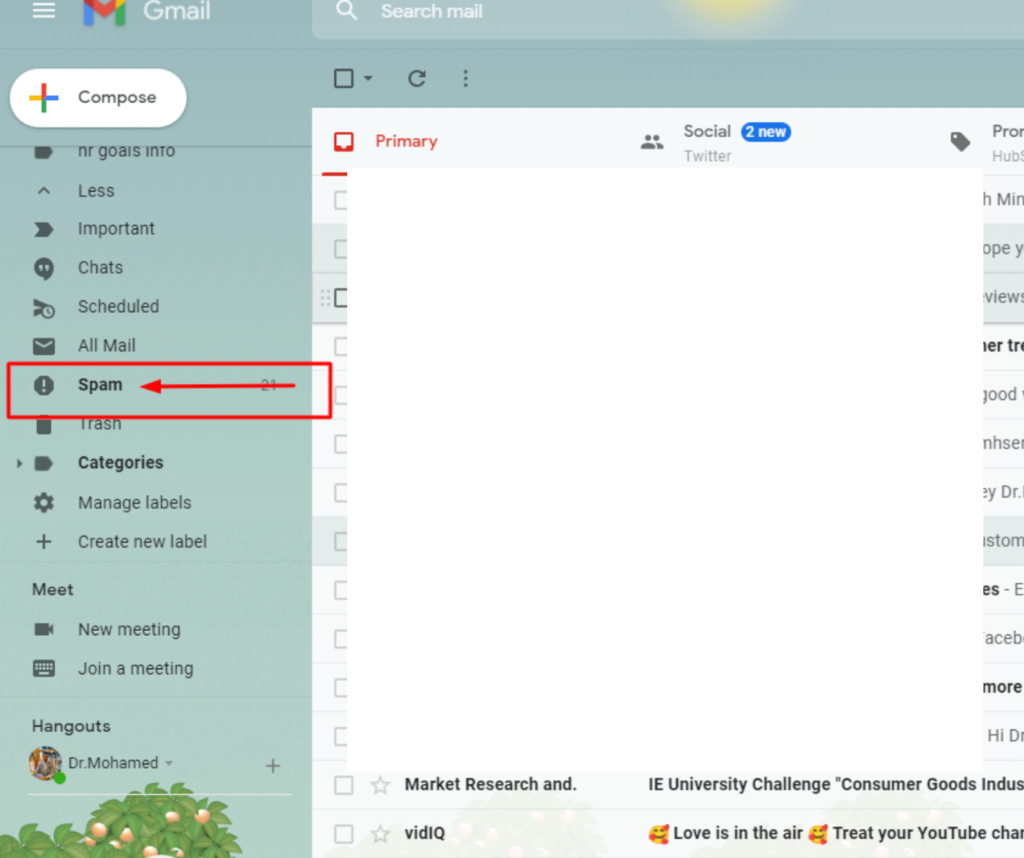Unlock the secrets to skyrocketing your ecommerce sales with 10 proven tactics for Conversion Rate Optimization!
Table of Contents
- An Introduction to Conversion Rate Optimization
- Section 1: Analyzing and Understanding Your Audience
- Section 2: Optimizing Website Design and User Experience
- Section 3: Enhancing Product Pages and Descriptions
- Section 4: Implementing Effective Checkout Processes
- Section 5: Leveraging Social Proof and Trust Signals
- Section 6: Optimizing Pricing and Discounts
- Section 7: Harnessing Email Marketing and Retargeting
- Conclusion
An Introduction to Conversion Rate Optimization
Welcome to our curated guide on ecommerce conversion rate optimization! If you’re an online business owner looking to maximize your sales and improve customer acquisition, you’re in the right place. Conversion rate optimization (CRO) is a vital strategy that focuses on optimizing your website to convert more visitors into paying customers. By implementing the techniques and strategies discussed in this blog post, you’ll be able to supercharge your ecommerce sales and take your business to the next level.
Section 1: Analyzing and Understanding Your Audience
Before embarking on any conversion rate optimization efforts, it’s crucial to gain a deep understanding of your target audience. By analyzing customer data, you can identify their demographics, preferences, and browsing behaviors.
Tools like Google Analytics provide valuable insights into visitor behavior, enabling you to make data-driven decisions. Additionally, surveys and user testing can provide direct feedback and give you a clearer understanding of your customers’ needs and pain points.
Section 2: Optimizing Website Design and User Experience
Your website design and user experience play a crucial role in converting visitors into customers. A visually appealing and intuitive website will capture the attention of potential customers and keep them engaged.
Ensure that your website is responsive and optimized for mobile users, as more and more people are shopping on their smartphones. Streamline the navigation and reduce friction points, making it easy for visitors to find what they’re looking for. Fast load times are also essential for a positive user experience.
Implement clear and compelling call-to-action buttons throughout your website to guide users towards the desired action, increasing the chances of conversion.
Section 3: Enhancing Product Pages and Descriptions
Your product pages act as the virtual storefront for your business. Make sure your product descriptions are persuasive, informative, and engaging. Highlight the unique selling points and benefits of each product to entice potential customers.
Utilize high-quality images and videos to showcase your products from various angles. Visual content has a powerful impact on purchase decisions. Additionally, display customer reviews and ratings to provide social proof and build trust with potential customers.
Section 4: Implementing Effective Checkout Processes
The checkout process is a critical stage where many potential customers abandon their carts. Simplify your checkout process by minimizing the number of steps and forms required. Offering a guest checkout option can significantly reduce friction and increase conversion rates.
Trust signals play a vital role in the checkout process. Display secure payment options, SSL certificates, and other trust badges to instill confidence in your customers. Optimize the layout and design of your checkout page to make it clear and easy to use. Personalizing the checkout experience by addressing customers by their name can also enhance satisfaction and trust.
Section 5: Leveraging Social Proof and Trust Signals
Social proof is a powerful psychological motivator that influences customers’ purchasing decisions. Display customer testimonials, reviews, and ratings prominently on your website to build credibility and trust. Consider integrating social media platforms to showcase user-generated content, as this can further enhance trust in your brand.
Adding trust signals such as industry certifications, awards, and badges can also boost your credibility and convince potential customers that you are a reputable business they can trust.
Section 6: Optimizing Pricing and Discounts
Pricing is a crucial element in the decision-making process for customers. Striking the right balance between competitive prices and profit margins is vital. Consider implementing tiered pricing and bundling options to provide enticing offers to different customer segments.
Scarcity and urgency tactics can be effective in driving conversions. Limited-time offers and discounts create a sense of urgency and compel customers to act quickly. To find the optimal pricing strategy, conduct A/B testing to analyze the impact of different pricing models on your conversion rates and revenue.
Section 7: Harnessing Email Marketing and Retargeting
Email marketing is a powerful tool for customer retention and driving repeat purchases. Create effective email campaigns that offer personalized recommendations and upsell relevant products to your existing customers.
Retargeting ads can bring back potential customers who have shown interest but haven’t completed a purchase. By placing relevant ads on the websites they visit, you increase the chances of them returning to your store and completing the transaction.
Implement cart abandonment recovery tactics through email automation. Send automated emails reminding customers about their abandoned carts and offer incentives or discounts to entice them back.
Conclusion
By implementing the strategies outlined in this curated guide, you can supercharge your ecommerce sales and improve your conversion rates. Remember to analyze and understand your audience, optimize your website design and user experience, enhance your product pages and descriptions, implement effective checkout processes, leverage social proof and trust signals, optimize pricing and discounts, and harness the power of email marketing and retargeting.
Continuous testing and optimization are key to long-term success in ecommerce. Stay up to date with the latest trends and tools, and always strive to provide the best possible experience for your customers. With dedication and a data-driven mindset, you’re well on your way to maximizing your ecommerce conversions and achieving your business goals.


